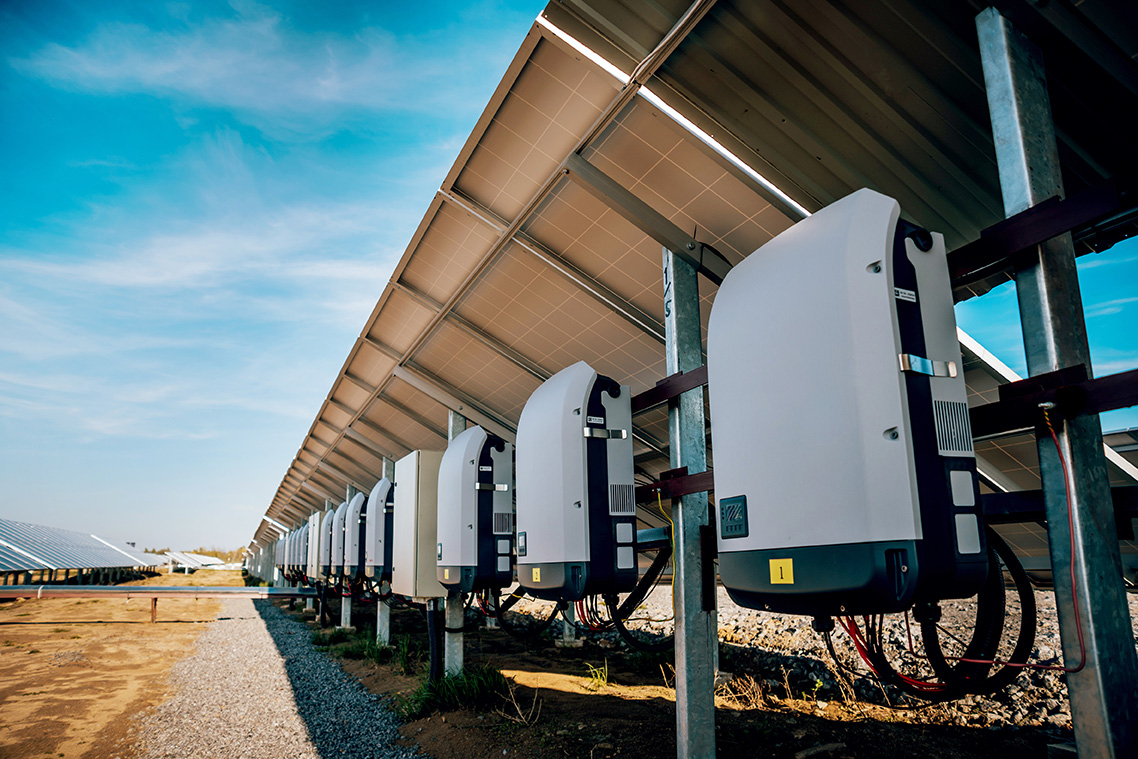
When spinning generators are taken offline and replaced by inverter-based renewable energy power generation sources, the grid loses what has traditionally been a key element of grid stabilization: spinning inertia. The rotating mass of a spinning turbine will remain in motion, even as its power source may experience fluctuations, which buys grid operators time to get backup power in place before the power output deviates too far and begins causing problems with frequency and power quality. Solar PV on the other hand, is an inverter-based resource and when a cloud covers the panels, there’s nothing to dampen the drop in power output and it’s seen almost immediately. These kinds of rapid fluctuations can wreak havoc on a grid that wasn’t designed to handle them.
So what are grid operators to do when they’re aiming to decrease their dependence on fossil-fuel spinning generators? The answer may be to lean into what is called artificial or synthetic inertia. PXiSE’s new white paper Synthetic inertia: A rising force for grid stability in a renewable energy-powered world explores the concept, the technologies behind it and how it could be the optimal solution to stabilize an electric grid powered by DERs.

